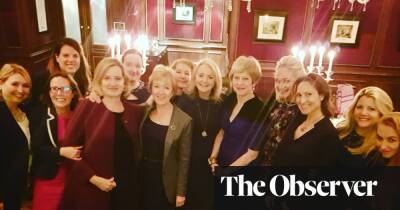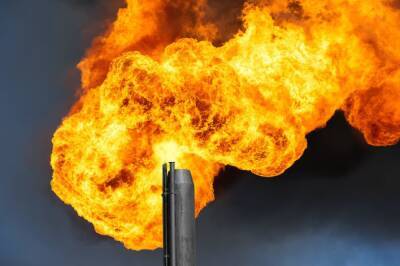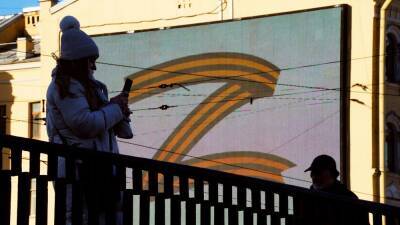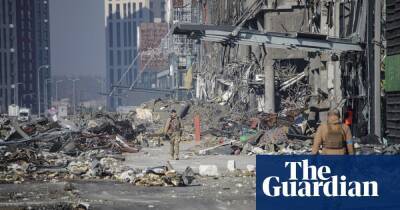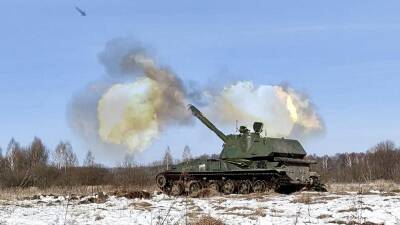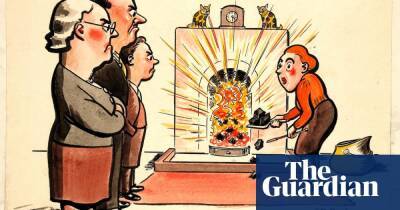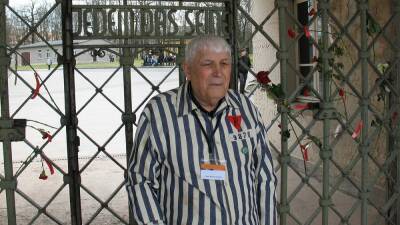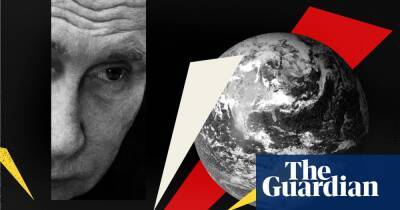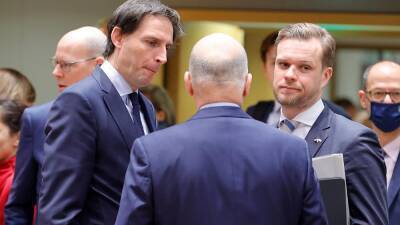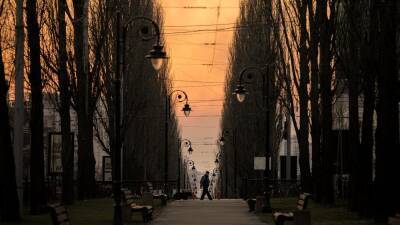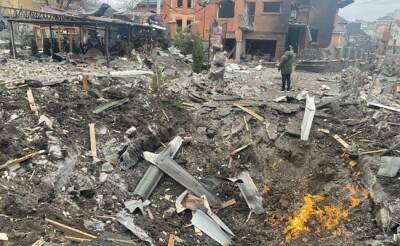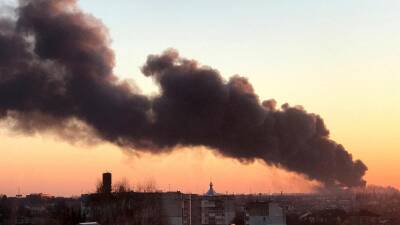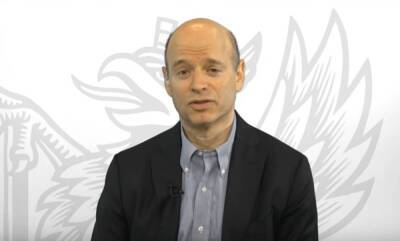Jewellery industry accused of silence over Russian diamonds
In the photographs, Vladimir Putin stands with a faint smile on his face. Behind him, the enormous cavern of a mine stretches out, the earth ringed red and ochre. In other photographs from his visit to the Siberian mining city of Mirny, the Russian president is pictured meeting local miners and inspecting one of the dark stones they cut from the earth.
Soon, the rock in his hand will be swept into a vast and complex global supply chain – refined, cut, and polished until it shines and catches the light. Its final form is a glittering diamond – a tiny piece of an industry worth tens of billions of dollars.
Russian mines are at the heart of that industry, making the country the world’s largest producer of diamonds, accounting for about 30% of the global market.
As Russia’s devastating war on Ukraine drags on, the question of whether to keep buying and selling those diamonds is a quandary for jewellers, diamond companies and the industry bodies set up to regulate them – many of which depend on Russia’s state-controlled diamond sector for supply. In the meantime, industry insiders say US sanctions will do little or nothing to stop the flow of diamonds from Alrosa, Russia’s enormous state-backed mining monopoly, to the west.
“These are objectively conflict diamonds: they’re funding an armed conflict against a peaceful neighbour, by a state actor,” says Cristina Villegas, director of the Mines to Markets program at Pact, a development NGO. Russian diamonds do not fit the narrowest industry definition of “conflict diamonds”, which refers to those used to fund rebel groups, but Villegas says they clearly fit the spirit of the term.
“The situation with Russian diamonds is that they really became conflict diamonds overnight,” she says –
Read more on theguardian.com


